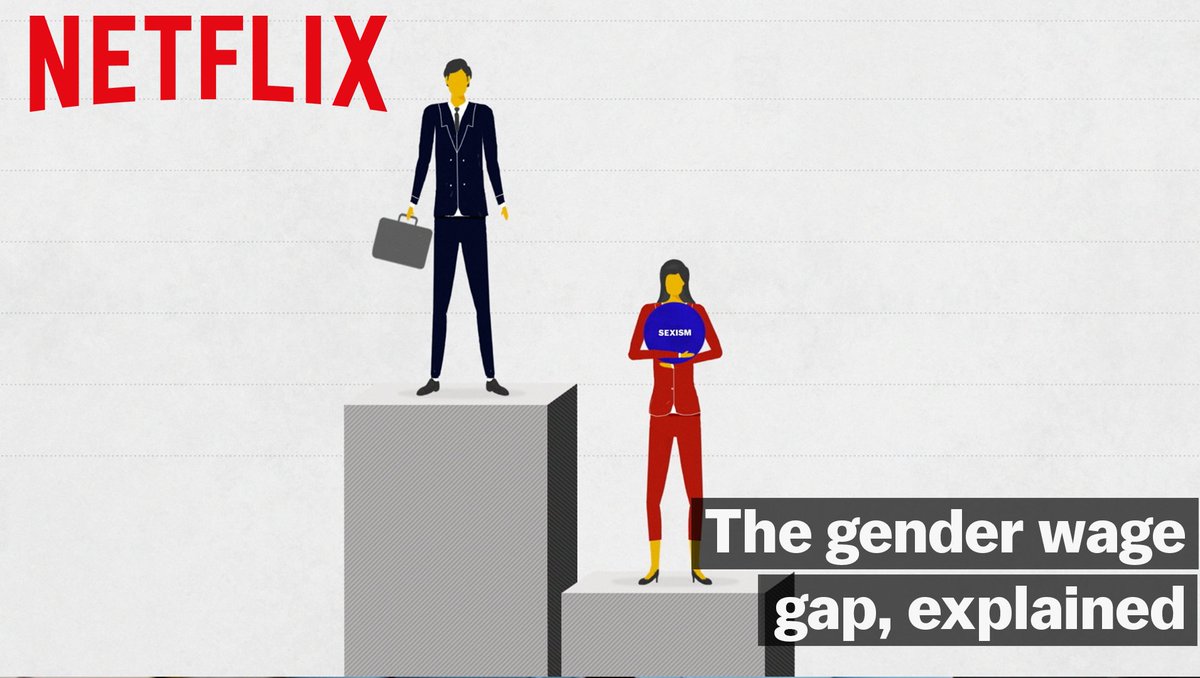From centuries til present day women are still treated unfairly, victimized, sexualized, and seen as inferior to men. Way back during Ancient Greece, hierarchical societies existed which consisted of slaves, dependents, and freeman. Yet women weren't considered citizens, men had the upper hand and was given privilege to vote, own property and or livestock. All women; no matter their economical and social class were collectively disadvantage for simply being a woman. On the other hand men withhold all sorts of power; male gaze and patriarchy. The male gaze is primarily captured in the visual art industry (plus other kinds of media) ; women are typically objectified and controlled by the camera (thus the gaze), aimed to target heterosexual men as the audience for a majority of film genres. Within Ways of Seeing, John Berger presents the way in which women are depicted and how it's connected to their own perception and the ideology of the spectator. "... because the ideal spectator is always assumed to be male and the image of the woman is designed to flatter him" (Berger 64). Berger references the omnipresence of nude women in European oil paintings and the state in which nude women enable judgement at sight. The skyy vodka advertisement serve as a attestation to the archetype of women for men's pleasure.

The image above is an ad for skyy vodka; there is a woman in black lingerie and sliver heels laying on a bed. Surrounding her and on her body are polaroids of other female body parts. Her facial expression appears seductive and her lips are visibly magnified since the polaroid is right near her mouth. Clearly the ad is claiming that liquor makes a women feel sexy and free, and objectifies their bodies as subject to the male gaze.

Above is another ad by skyy vodka; there is a man hovering a half naked women with big boobs on display. The man is holding a bottle in one hand and glasses on the other but yet his face isn't shown. By showing the man standing over the women, implies that women are subordinate to men. Her laying vulnerable beneath the man emphasizes her "willingness" to please him.
Nonetheless, the male gaze is as universal as it is, for our patriarchal society. Bell hooks, in The Will to Change, construe patriarchy as "a political social system that insists that males are inherently dominating, superior to everything and everyone deemed weak, especially females..." (Hooks 18). Moreover, patriarchy is a system of society controlled by men of a disproportionately large share of power. Hooks recaps playing with marbles as a kid - she exhibited competitiveness, aggression, masculine qualities all of which her brother "lacked" according to assumed gender norms.
Evidence of patriarchy is portrayed in various ways, for instance the wage gap is proof that our society unfairly benefits men at the expense of women. The image below presents a show called explained on Netflix and one of the episodes is focused on the gender wage gap.

Work Cited
Berger, John. Ways of Seeing. London: British Broadcasting Corporation and Penguin Books. 1972. Print.
Hooks, Bell. "Understanding Patriarchy." The Will to Change (17-33). Atria Books: 2004.
No comments:
Post a Comment